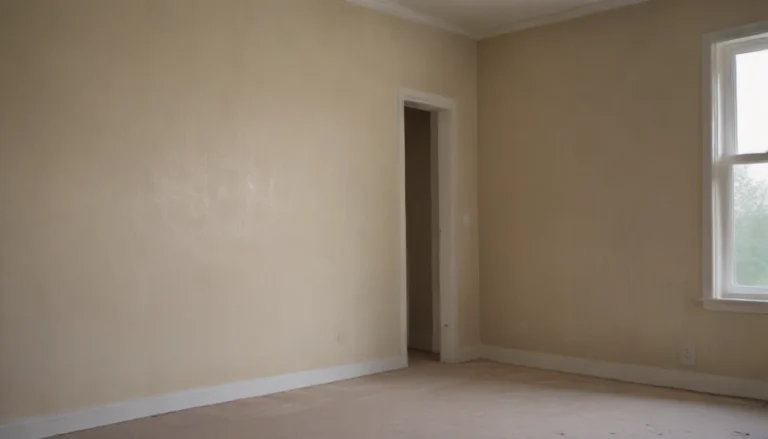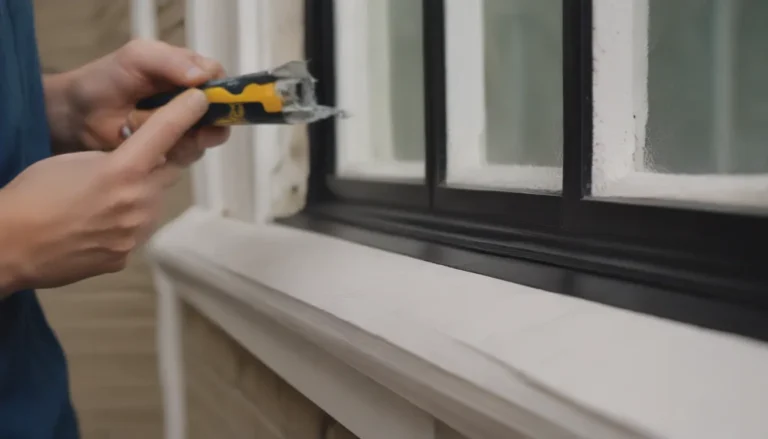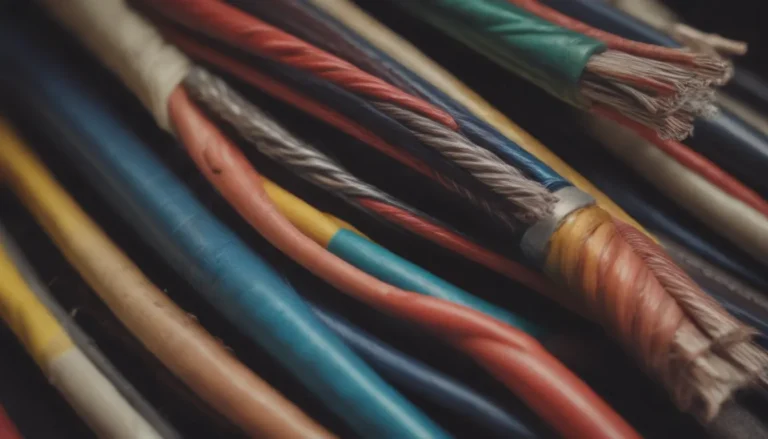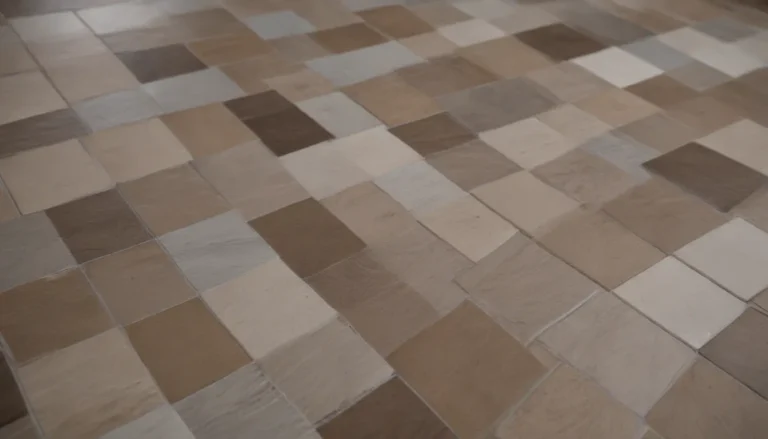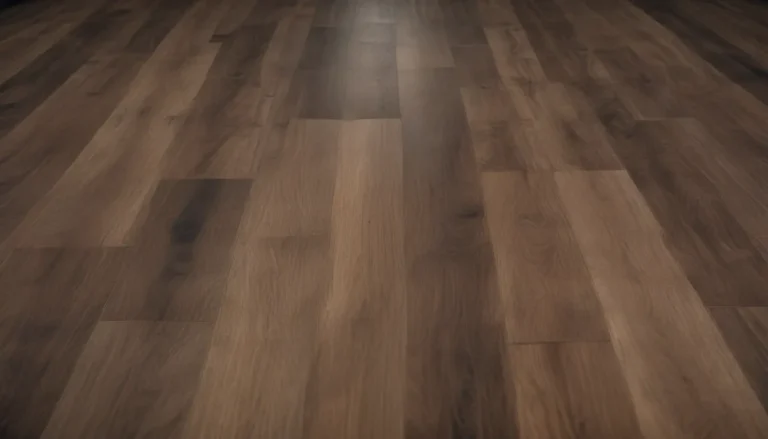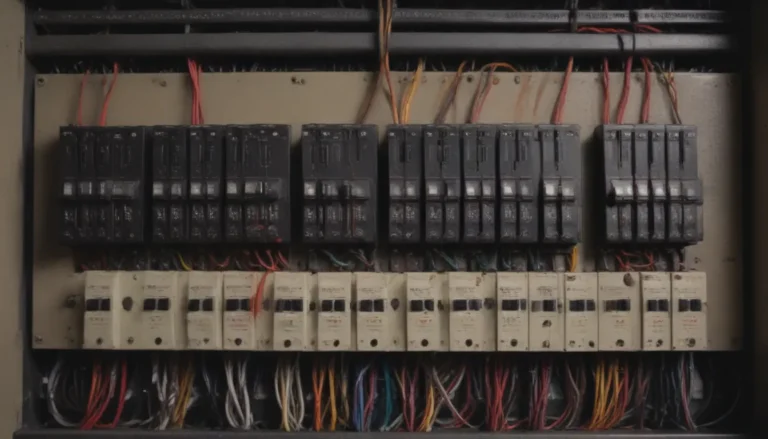A Comprehensive Guide on Installing Underground Electric Conduit

Are you considering extending electrical service to a detached garage or an outbuilding on your property? If so, you may be wondering how to install underground electric conduit up to code. Running underground cable can be a daunting task, but with the right knowledge and guidance, it is a project that you may be able to tackle yourself. In this in-depth article, we will explore the steps involved in installing underground electric conduit and provide you with valuable information to help you complete the project safely and efficiently.
Understanding the Basics
Extending electrical service to a detached structure involves running a circuit underground from the main service panel in your home to the garage or outbuilding. This process is similar to adding a circuit inside the house, with the main difference being the need to bury the cable underground. While some homeowners may choose to hire a professional electrician for this type of project, taking on the task yourself can help you save money on labor costs.
Before you begin, it’s important to be aware of the risks involved in working with electricity. Electrical work at the main service panel can be dangerous and has the potential for serious or fatal shock if not done correctly. If you are not comfortable working with electrical systems, it is best to hire a qualified electrician to handle this part of the project.
Wire and Cable Options
When it comes to running underground electrical wiring, there are several methods to consider. The National Electrical Code allows for three common ways to run underground circuits:
- Laying UF (underground feeder) cable directly into the ground
- Running wire through rigid galvanized metal conduit
- Running wire through Schedule 40 PVC conduit
Each method has its own requirements and considerations, so it’s essential to check with your local building inspections office to ensure you are following the code regulations in your area. Knowing your options before starting the project will help you choose the best approach for your specific needs.
Tip:
Before you dig, understand the different options available for running underground cable. Consider factors such as the depth of burial and the potential for future disturbances when deciding on the best method for your project.
Extending Circuits or Adding New Circuits
While it may be tempting to extend an existing house circuit to an outbuilding, most local Code requirements will likely require the installation of one or more new circuits. Extending a circuit should only be done if the existing circuit has the capacity to support the additional load in the garage. Be sure to check with your local Code regulations to determine the proper course of action for your project.
How to Run Underground Cable
In our example, we will be running Schedule 40 PVC conduit and threading UF cable or individual THWN wires through it. The process is similar for direct-burial of UF cable or when using rigid metal conduit. Here are the steps involved in running underground cable:
- Begin by digging a trench from the main service panel to the garage or outbuilding. The trench should be deep enough to accommodate the type of cable or conduit you are using, typically at least 18 inches deep.
- Install the conduit in the trench. Use PVC or metal conduit, depending on your preference and local Code regulations.
- Thread the UF cable or THWN wires through the conduit, making sure to secure them properly.
- Connect the cable to the outlets and light fixtures in the garage, following proper wiring techniques.
- Finally, connect the circuit breakers at the main service panel to complete the installation.
By following these steps and paying attention to safety guidelines, you can successfully install underground electric conduit up to code.
Additional Resources
For more information on electrical safety and code regulations, you may find the following resources helpful:
- Electrical Safety: Princeton University Environmental Health and Safety
- 2017 National Electric Code: National Fire Protection Association
- 210.11(C)(4) Garage Branch Circuits: National Electric Code, NFPA
- Chapter 2: Wiring and Protection: National Electric Code
- 2020 Homeowner Wiring Manual: Colorado Department of Labor and Regulation
Remember to always consult with local authorities and follow recommended guidelines when working on electrical projects. Safety should be your top priority when handling electricity.
Conclusion
Installing underground electric conduit can be a challenging but rewarding project for homeowners. By understanding the basics of running underground cable, choosing the right method for your needs, and following proper safety guidelines, you can successfully complete this task on your own. Whether you are extending existing circuits or adding new ones, proper planning and execution are key to a successful installation.
Remember to always consult with professionals if you are unsure about any aspect of the project. With the right knowledge and guidance, you can transform your detached garage or outbuilding into a functional and safe space with a reliable electrical supply. Good luck with your project!
